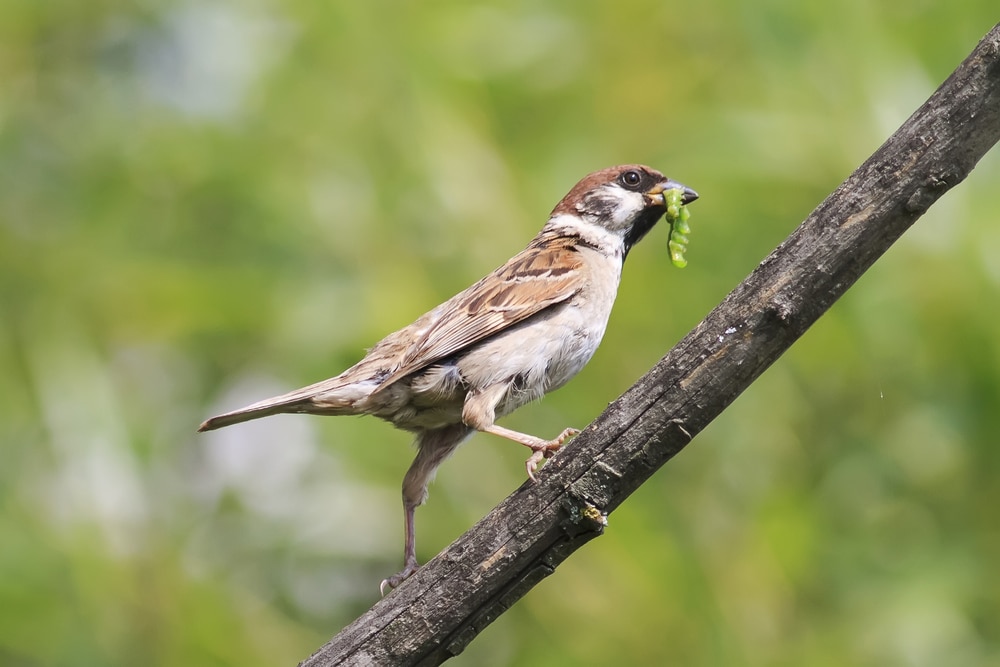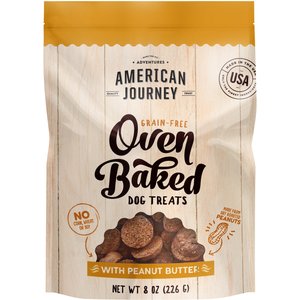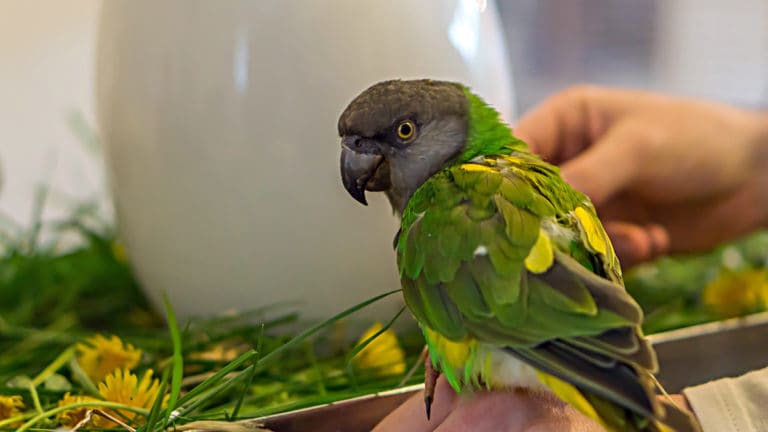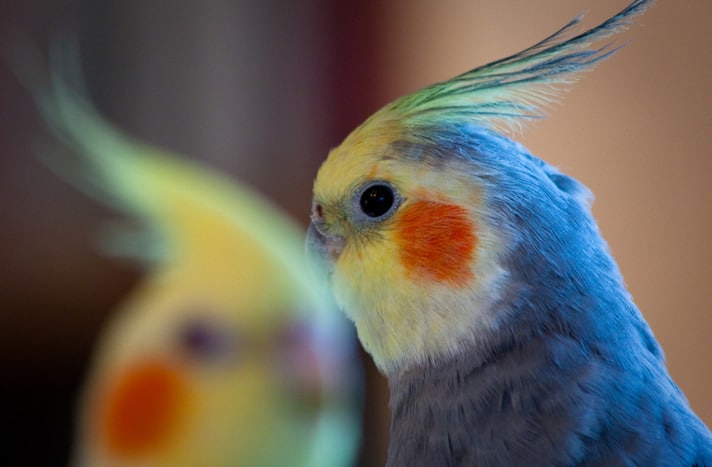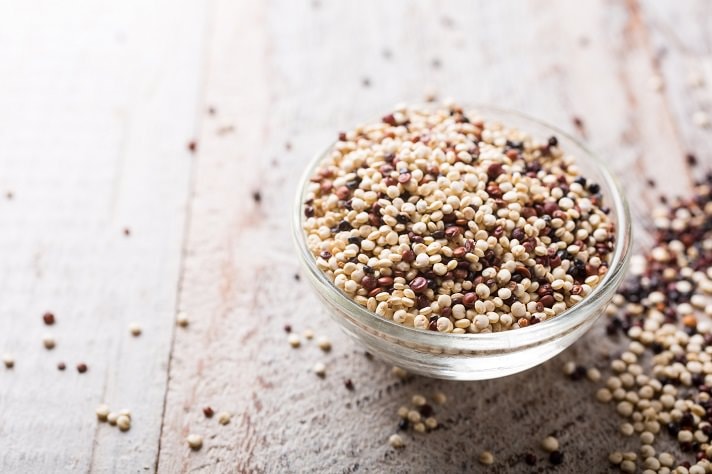Feeding birds right in your backyard is a fun and rewarding way to view wildlife from your own window. While feeding birds seed from a bird feeder can keep local birds happy and healthy, did you know that you can feed birds non-seed options as well? These foods can provide needed fats and nutrients that birds’ bodies need, and can help them feed their young, give them energy for migrating and keep them well-fed during the winter months.
If you’d like to try feeding your backyard birds a plethora of non-seed foods, look to this expert-guided list.
7 Non-Seed Food Options for Feeding Backyard Birds
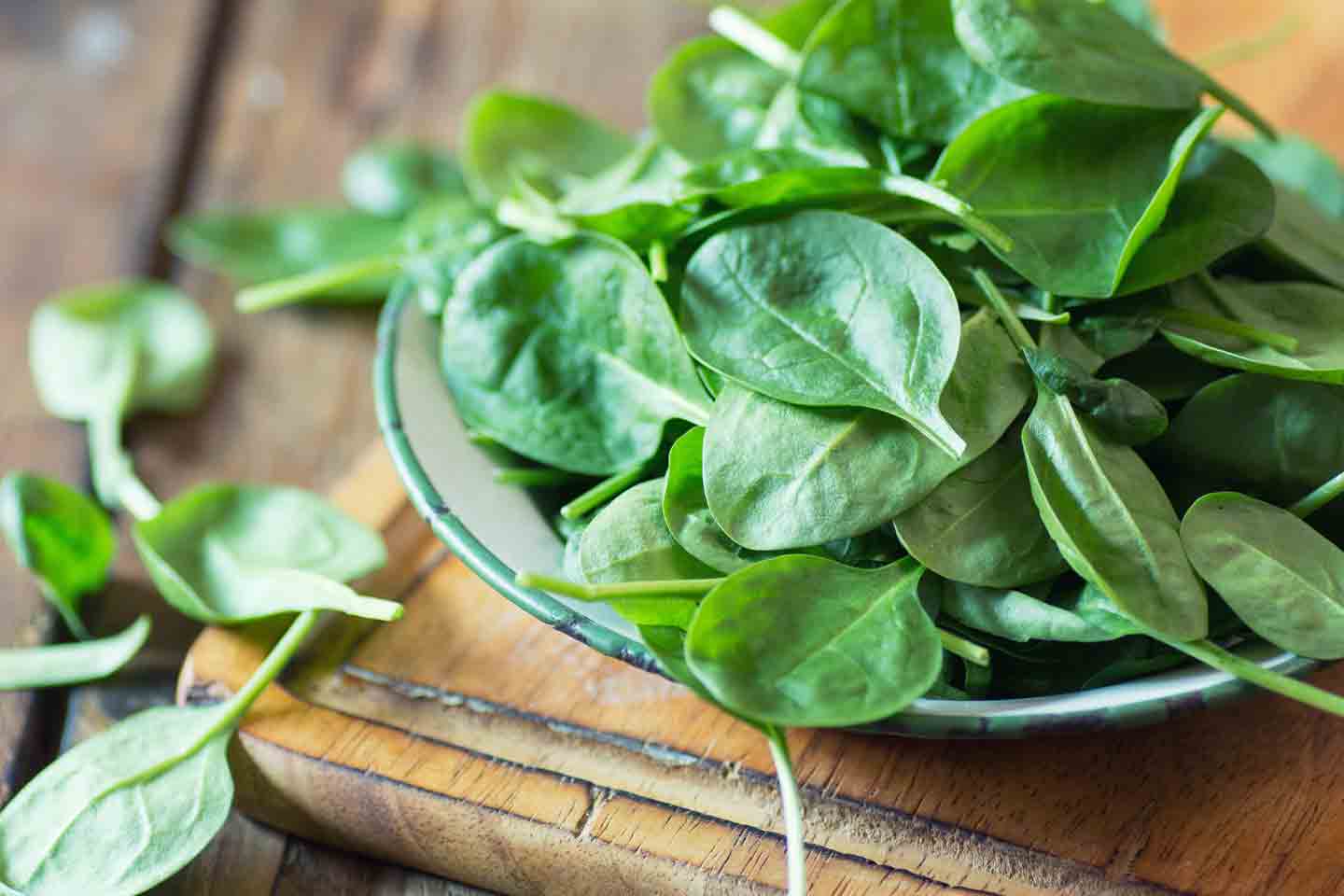
1Vegetables
Just like humans, birds should eat their veggies. Vegetables can be consumed during certain times of the year, such as springtime or in winter when resources are scarce. Go for the green when feeding vegetables to nearby birds, such as:
- Spinach
- Kale
- Alfalfa sprouts
- Broccoli florets
Wild greens are also an option, including:
- Clover
- Chickweed
- Dandelion
- Plantains
Birds who consume these vegetables during spring as a source of nutrition include some finches, sparrows, grosbeaks and waxwings. While other birds like corvids can consume these, they may not choose to, especially when other items are more abundant.
And then there’s also corn, which ground foragers like bobwhite quail and doves particularly enjoy— but other species take it opportunistically, such as meadowlarks, towhees and robins.
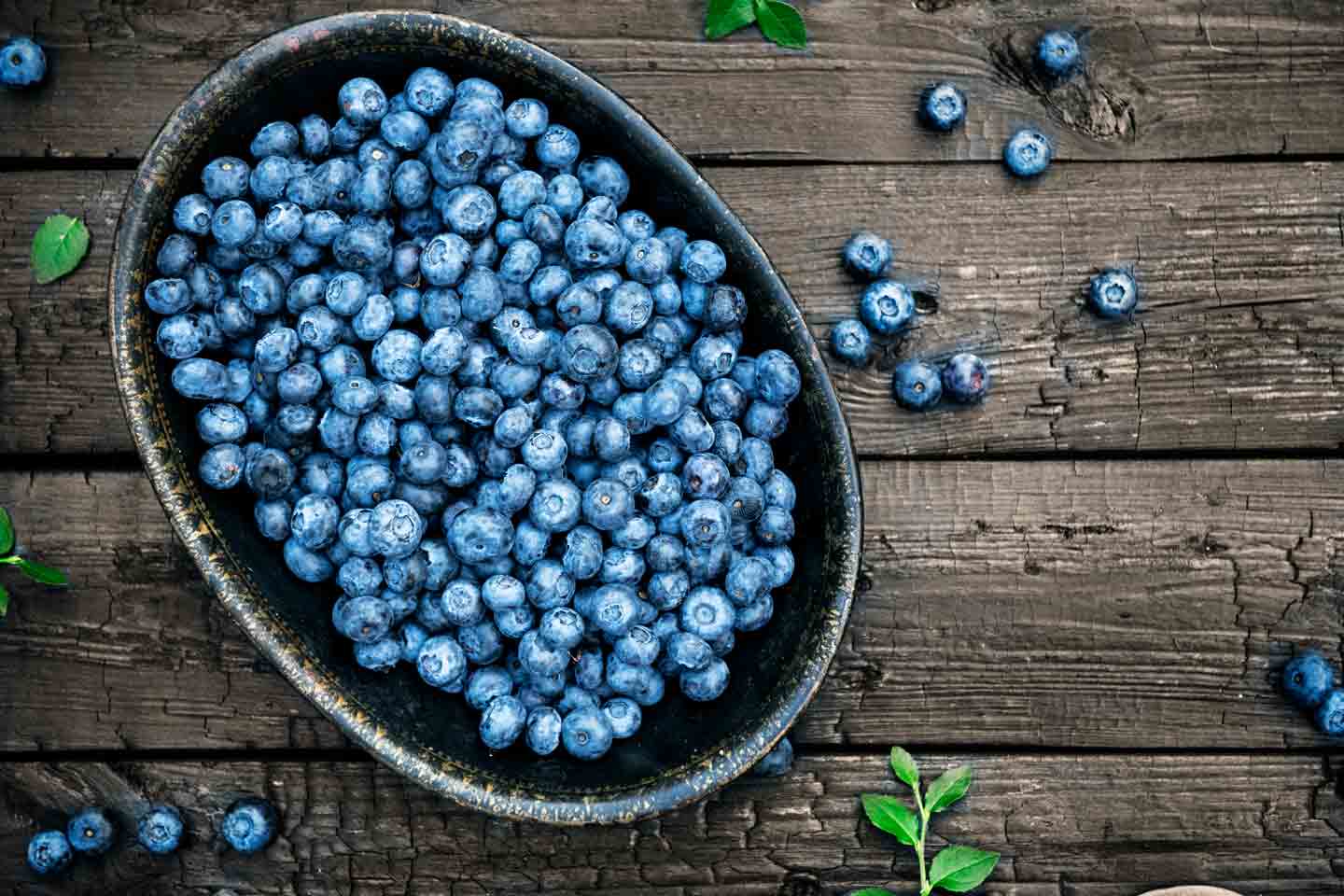
2Fruits
Birds nearly always enjoy a sweet treat, and you can provide it in a healthy way by putting out certain fruits. In general, fruit can be provided year-round (feeding these items during times when they are naturally available is best) or as treats during winter when food might be scarcer.
Some large fruits can be cut into slices and hung on metal rods for wild birds to pick at, while others can be placed on platform feeders. Smaller fruits can be mixed in with dry items or placed out on platform feeders by themselves.
Keep in mind that fruits can leave sticky residue on feeders, so they will need to be cleaned more frequently if fruits are given. Be sure to change uneaten fruit regularly before it spoils.
Fresh Fruit
Fresh fruits for birds can include:
- Apples
- Crabapples
- Blueberries
- Blackberries
- Cherries
- Pears
- Mulberry
- Elderberry
- Persimmon
- Raspberries
- Grapes
- Strawberries
Many passerines enjoy these foods, including:
- Catbirds
- Chickadees
- Crows
- House finches
- Purple finches
- Grackles
- Titmice
- Grosbeaks
- Jays
- Orioles
- Starlings
- Phoebes
- Robins
- Tanagers
- Thrushes
- Waxwings
Some species of flycatchers and kingbirds may consume a small number of fruits, too.
Dried Fruit
Dried fruit is also an option. Consider feeding:
- Raisins
- Blueberries
- Cranberries
- Currants
These may be attractive to thrushes, waxwings, catbirds and mockingbirds. Be sure to feed only dried fruits without added sugar or dry your own.
For another fruity delicacy, grape jelly can be placed in special feeders for Baltimore orioles.
Fruit Trees
You can also consider fruit-producing trees and shrubs that birds will enjoy in your backyard. Focus on native plantings that provide fruit. These types of plants can include:
- Beautyberry
- Viburnum
- Hollies (American, Deciduous and Gallberry, which is also known as Inkberry)
- Dogwood (Flowering, Swamp)
- Wax Myrtle
Birds like thrushes, warblers, gray catbirds, Northern mockingbirds, Eastern phoebes, Eastern towhees, Northern cardinals and house finches may flock to these fruit-abundant plantings.
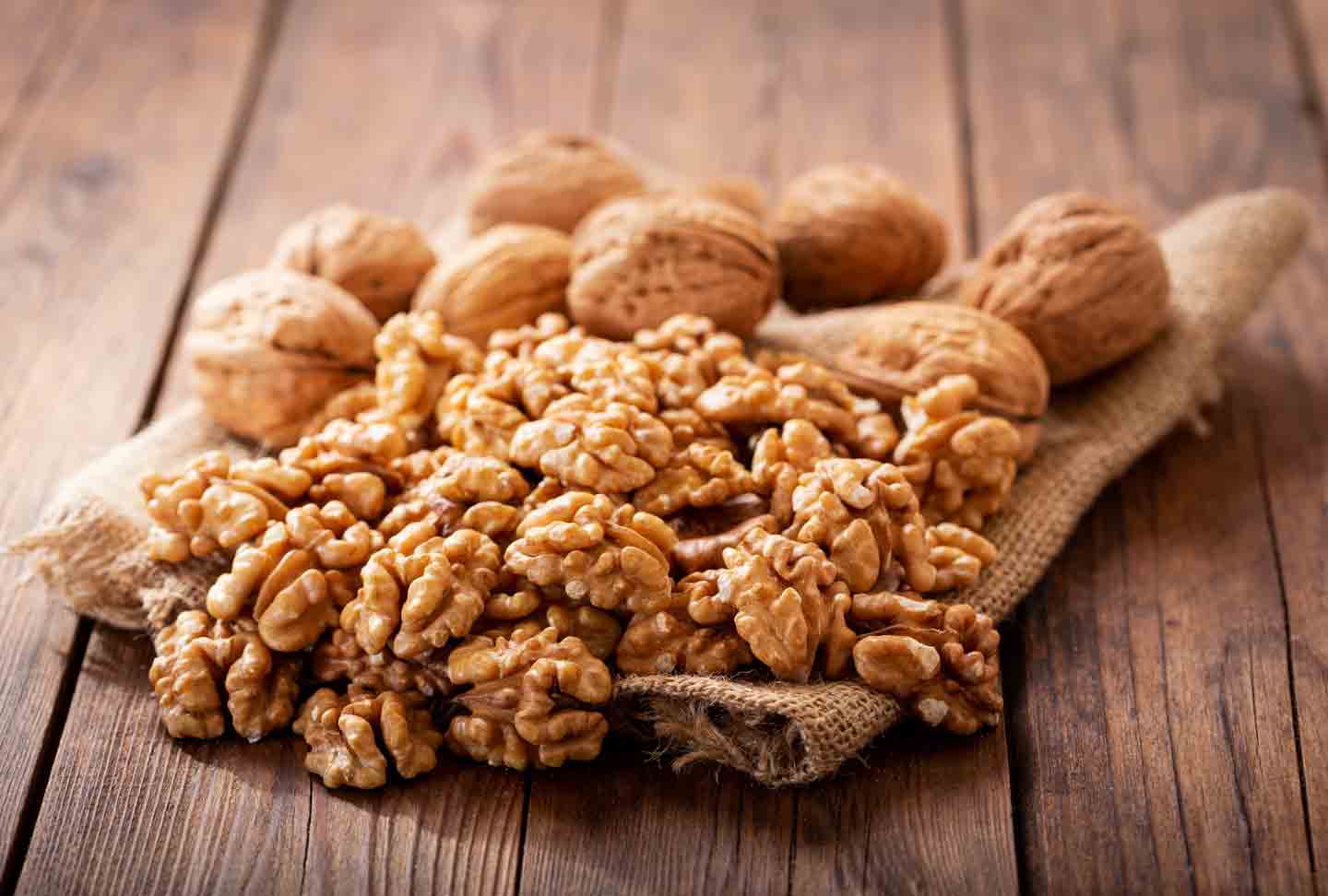
3Nuts
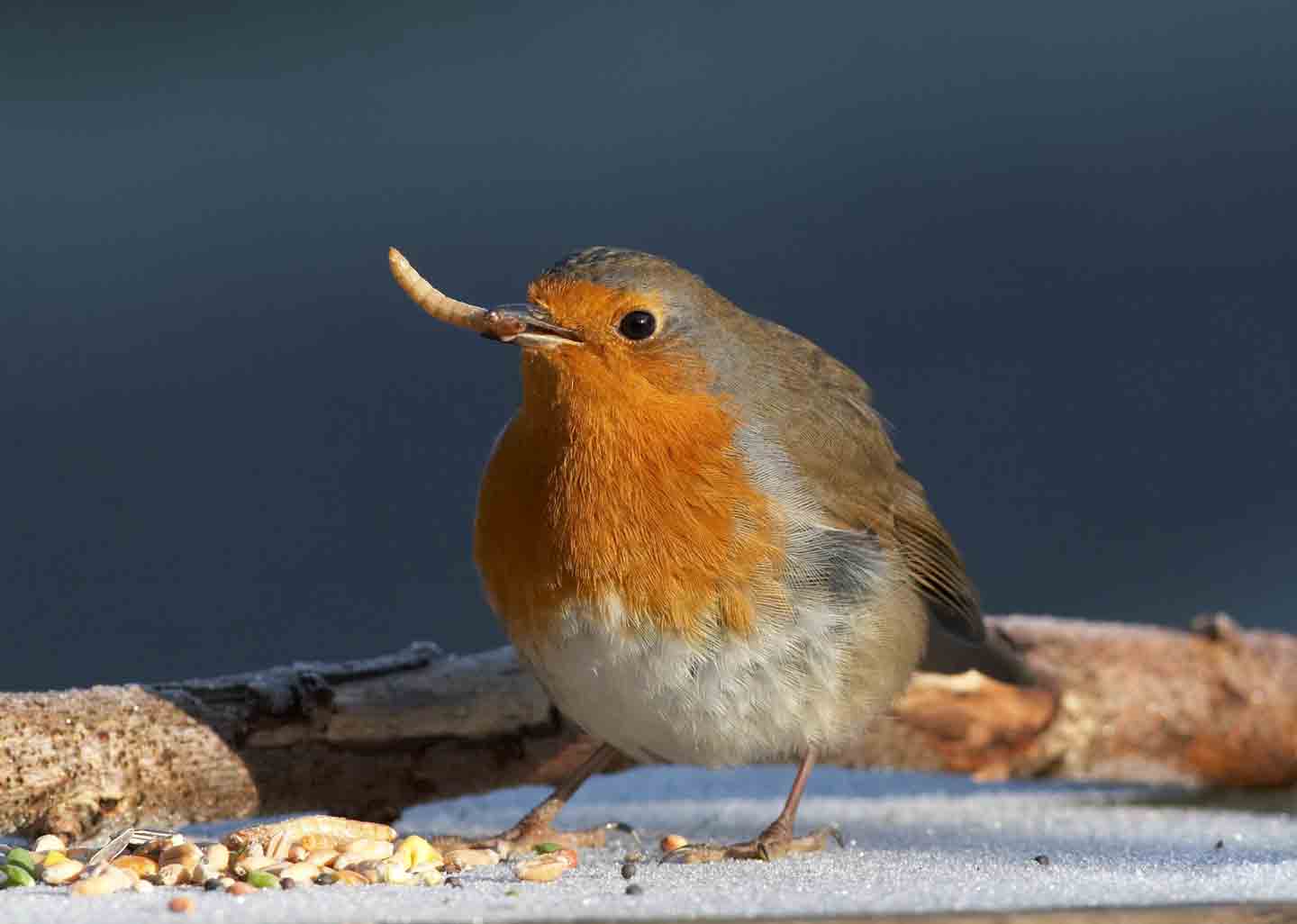
4Insects
If you make a habit of observing birds in the wild, you know that they thoroughly enjoy insects. If you’d like to try to feed some insects to your backyard birds, try:
- Mealworms
- Beetles or molted mealworms
- Wax worms
- Crickets
- Fly larvae
These types of bugs are particularly beloved among songbirds, like:
- Woodpeckers
- Nuthatches
- Robins
- Wrens
- Bluebirds
- Warblers
- Orioles
- Flycatchers
- Tanagers
- Cardinals
- Grackles
- Grosbeaks
- Chickadees
- Vireos
- Catbirds
- Sparrows
- Timice
- Jays
It's best to feed insects to your backyard birds during seasons when insects themselves are more abundant in the wild, such as spring and summer. This type of feeding can coincide with nesting season and when juveniles are first fledgling.
Important note: There are also some insects you shouldn’t feed birds, which include monarch butterflies and tiger moths.
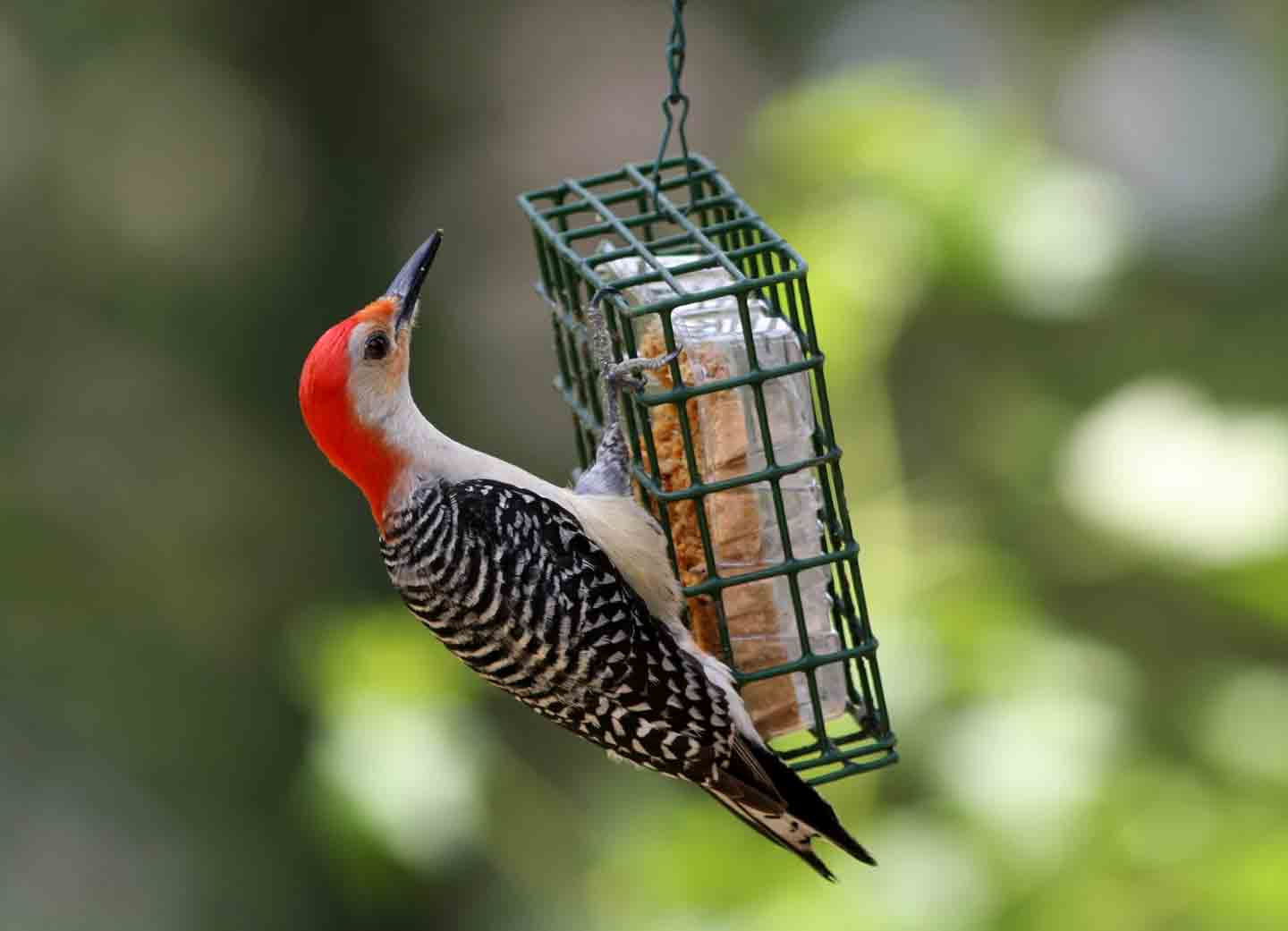
5 Suet
Suet, or fat that’s been molded into square cakes and often mixed with things like birdseed, fruit, nuts or even mealworms, is very attractive to birds. Generally, suet doesn’t melt, so it can be used all year, but it can be especially helpful to hungry birds during late fall and winter. Make your own with an online recipe or try a store-bought variety.
Basically every bird will eat suet. In fact, sometimes birds prefer suet over any other food. The list of species who love suet is long, and they include:
- Woodpeckers
- Tufted titmice
- Carolina chickadees
- Carolina wrens
- Brown thrashers
- Catbirds
- Mockingbirds
- Hermit thrushes
- Blue jays
- Fish crows
- Black-throated blue warblers
- Pine warblers
- Yellow-rumped warblers
- Cardinals
- Towhees
- Nuthatches
- Ruby-crowned kinglets
- Baltimore orioles
- Song sparrows
- White-throated sparrows
Just be sure to regularly check the suet; when the weather turns warm, it has the capability to turn rancid.
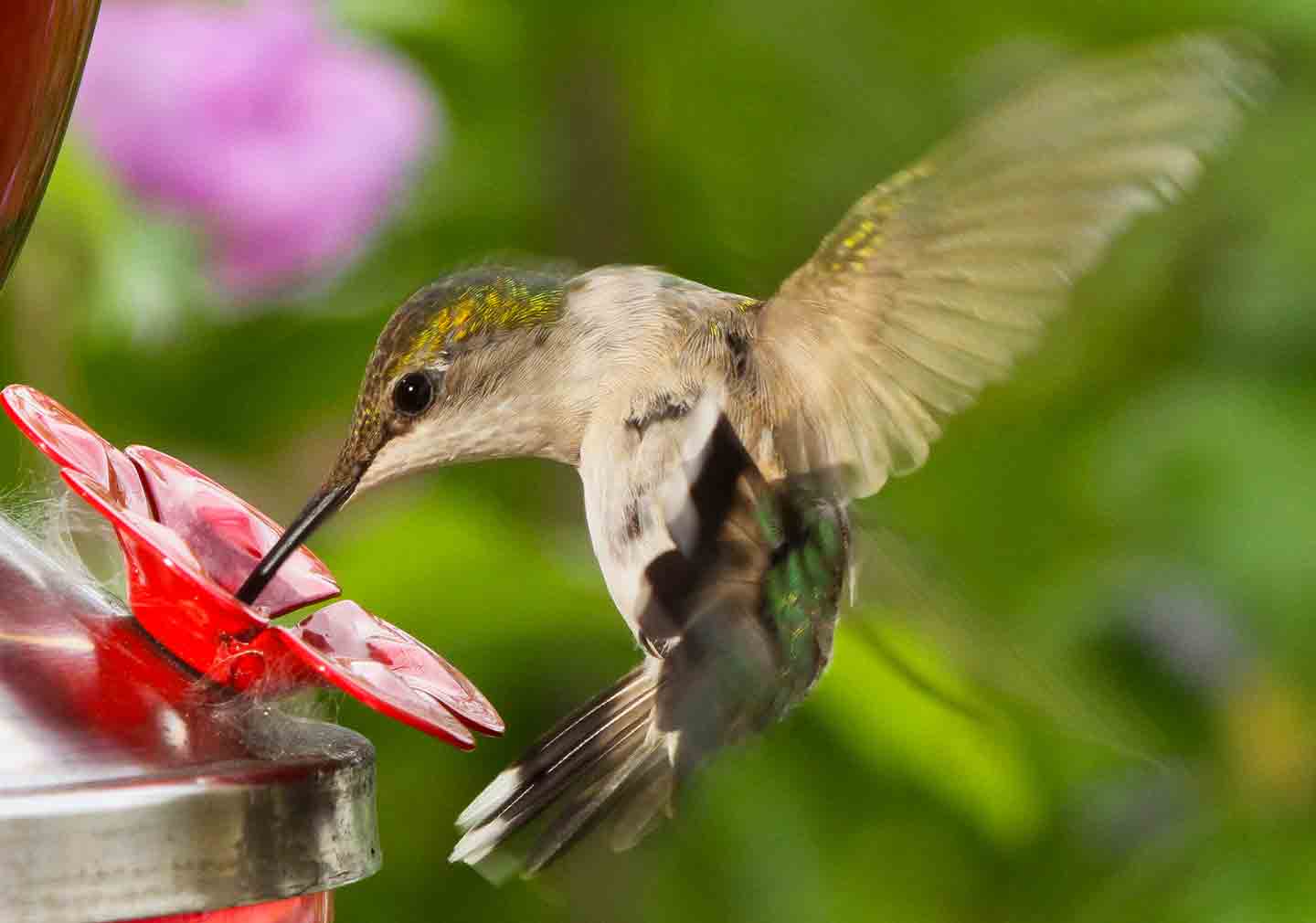
6 Nectar Substitutes

7 Dog Biscuits
Guidelines for Feeding Birds in the Wild
To attract a variety of birds to your backyard, hang an array of feeders. Experts say providing only one type of feeder means you will only get a small group of the native species that’s visiting. Different species vary in whether they prefer platform feeders, trough feeders, suet feeders, hummingbird feeders or sack feeders, so it’s important to have the right kind of feeder to attract the birds you are interested in seeing.
Further, splitting up your foods and/or seeds among your feeders keeps things organized and can aid in swifter feeding.
As with any bird feeder, it’s essential to clean it regularly. Feeders cause wild birds to congregate, and disease can spread when animals congregate. Also, while feeders make for an easy source of food for birds, sick birds may take more advantage of these stations. Cleaning feeders with warm, soapy water once a week and intermittently following this cleaning regimen with a bleach solution (one part bleach to nine parts water) can help cut down on the spread of disease. The feeder should be thoroughly rinsed and dried before it’s placed back up and refilled. And keep in mind that some feeders may require different cleaning and sanitation methods, so it’s also important to follow manufacturer instructions.
If there’s a particularly infectious disease going around your region, you may want to skip filling the feeder altogether or take it down for a period until the disease has dissipated.
If you choose to feed seeds, fruit or suet to birds, know that it might get wet. If left in a soggy state for too long, things will start to grow on it. For example, sunflower seeds can sprout if you wait too long to clean them out after a heavy rain. Mold can grow on any food, so be vigilant about cleaning your feeders.
Also, think through the placement of your feeders, which can help keep wild birds safe. For instance, keeping feeders in low-coverage areas that are more visible can be ideal, as it’s not only easier to see for the birds you are attracting, but it also prevents predators from hiding near feeding stations.
And naturally, be cautious if you happen to keep feeders near windows. If a feeding station is near a window, it can result in an occasional window strike. You can prevent these collisions by putting up UV-reflective window clings on the closest window to the feeder so birds can spot the window. In general, keep feeders within 3 feet of a window to decrease the possibility of serious injury, or beyond 12 feet, where the bird is more likely to be out of harm’s way.
In addition to your feeders, maintain a bird bath or two in the area. They need to get hydrated, and they’ll need water to wash down all that delicious food you’re feeding them! Keep an eye on bird baths to see if they evaporate—otherwise, change any standing water every three to four days.
What Not to Feed Wild Birds
While there’s an extensive range of foods available to feed to backyard birds, steer clear of processed foods intended for humans, such as:
- Candy
- Chips
- Pasta
- Baked goods
- Crackers
Avoid dairy products as well, since those can spoil.
Soft fats, like bacon drippings or butter, can be messy and foul birds’ feathers.
And of course, never put out spoiled food.
Additionally, bird aficionados commonly avoid feeding birds rice, millet and sorghum.
Birds deserve diverse, nutritious diets, just like us. Think of the joy you’ll give them when they score a strawberry or snatch up a mealworm! As with any animal, however, be extra cautious with wild birds, keeping a distance while you view them and maintaining your feeders so they’re eating in a clean environment. Be sure to stay educated and read up on foods that can be harmful or poisonous to pet birds, and the top things that birds find frightening.
Expert input for this story provided by Stephanie Lamb, DVM, DABVP (avian practice), co-owner of Arizona Exotic Animal Hospital in Mesa, Phoenix and Tucson, Arizona; John A. Gerwin, research curator, ornithology, North Carolina Museum of Natural Sciences in Raleigh, North Carolina; and Stanley Temple, professor emeritus of wildlife ecology, University of Wisconsin-Madison.
Caring for Your Bird
Share:
